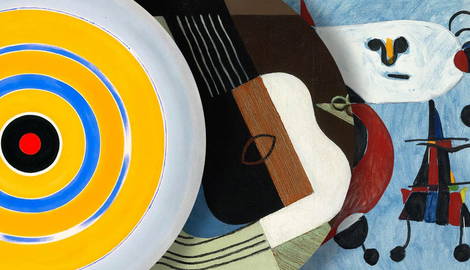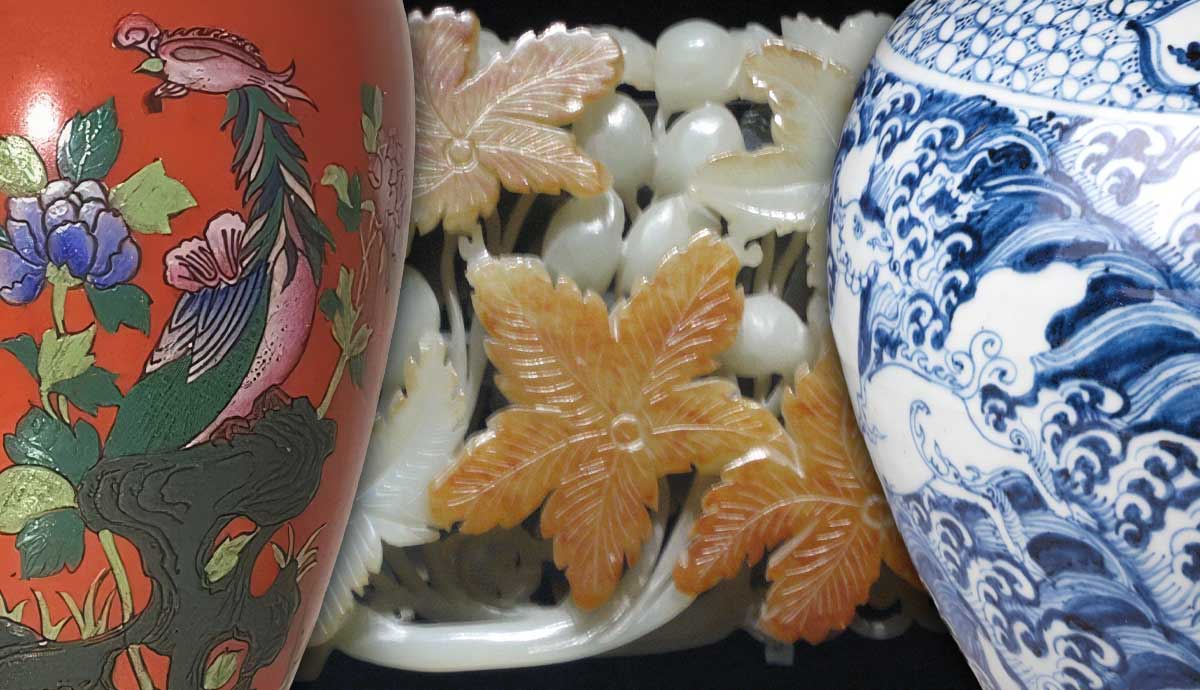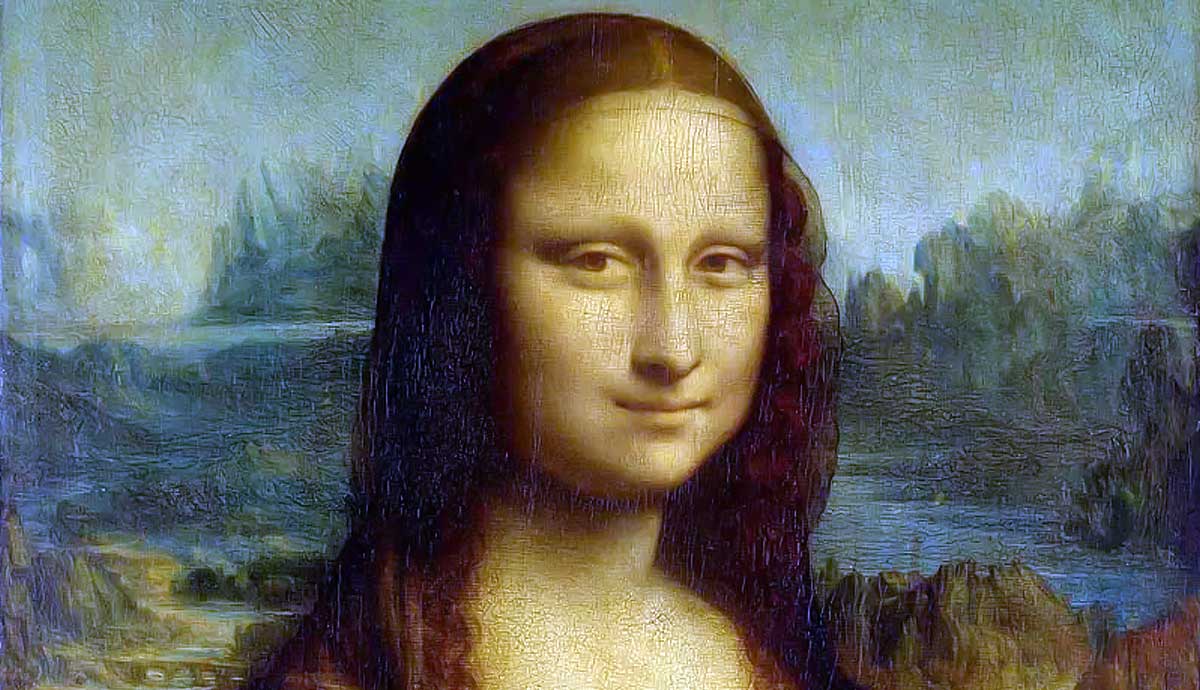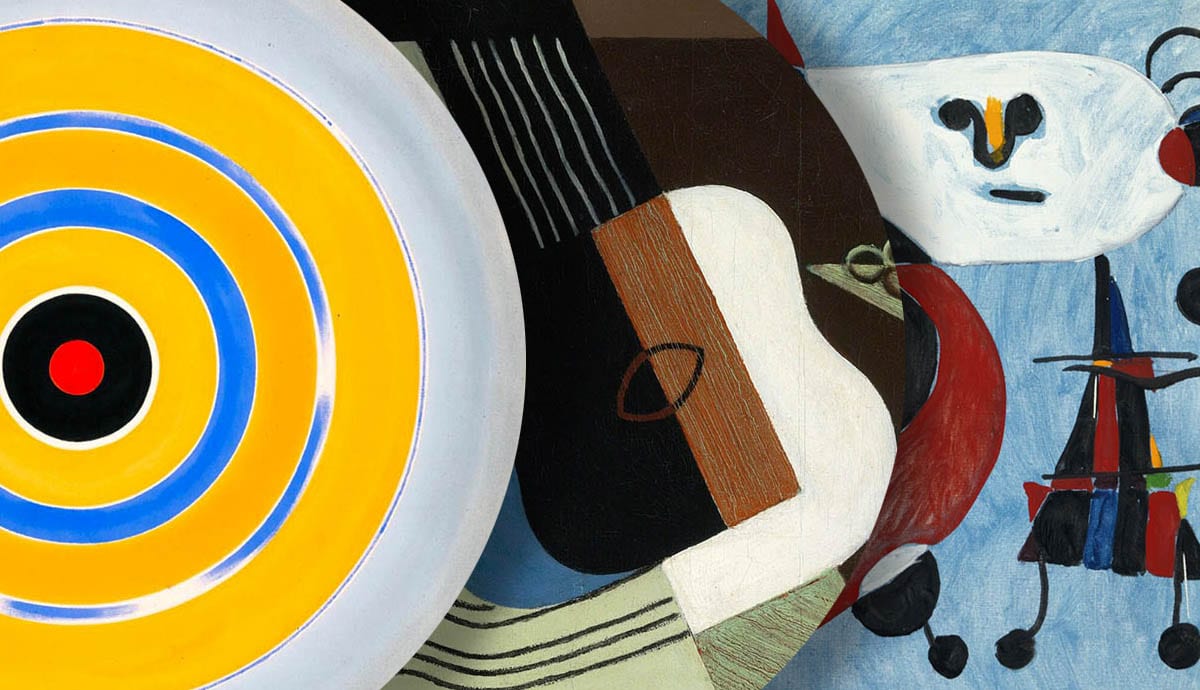
The art history terms ‘abstract art’ and ‘Abstract Expressionism’ share many similarities, making it challenging to distinguish one from the other. But closer inspection into each of the terms reveals just how different from each other they really are. Each term has its own rich and complex backstory peppered with fascinating artists and artworks that forever altered the course of art history. Each continues to influence the contemporary art of today in its own distinct and unique ways. Let’s take a look through some of the most important differences that separate abstract art and Abstract Expressionism from one another, as well as the revolutionary artists who made each branch of art history come alive.
1. Abstract Art Is A Term Rather Than A Movement

Rather than describing a specific art movement, the phrase ‘abstract art’ is a very broad umbrella term encompassing a huge range of styles and approaches. Because abstraction first appeared in the early 20th century, the term is usually applied to modern and contemporary art made during and after this time, including the art of today. Understandably this is a huge field of artistic interest across all art media, ranging from Wassily Kandinsky’s Expressionist paintings to Donald Judd’s clean Minimalist sculptures. Technically the term can be applied to any art which ‘abstracts’ the interpretation of reality – it could be loosely based on observation or completely abstract with no connection to the real world, instead focusing on formal properties such as pattern, line, gesture, and shape. Abstract Expressionism is considered a distinct branch of abstract art that appeared from roughly 1940-60, with an emphasis on gestural, painterly expressionism.
2. Abstract Art Came First
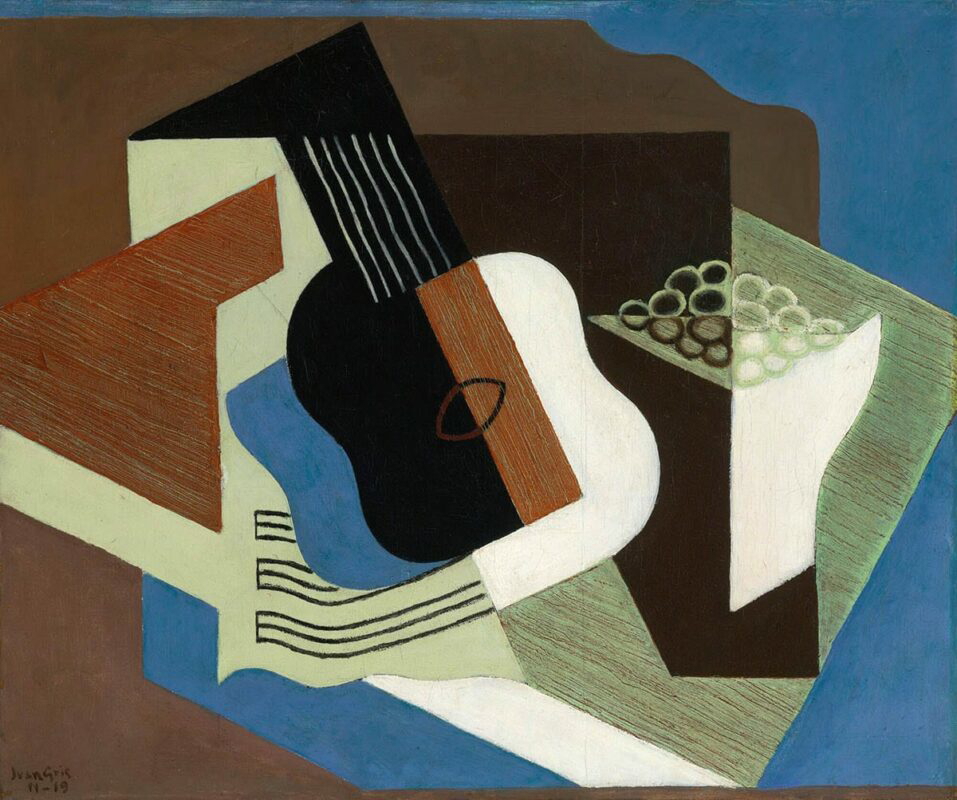
The origins of abstract art are usually traced back to the early 20th-century avant-garde, a progressive and revolutionary period in art history when artists began wildly experimenting with the role of art and the nature of representation. Surrealists, Cubists, Fauvists, Futurists, Expressionists, Constructivists, and Rayonists across Europe and Russia began distorting and subverting reality with broken picture surfaces, distorted forms, exaggerated colors, and expressive brush marks.

The German Expressionist group in Munich were among the first to experiment with abstract notions of art as a doorway into an inner world of spiritual experience. The Russian-born painter Wassily Kandinsky was associated with a branch of expressionists in Munich who named their group The Blue Rider. The name was based on a Kandinsky painting featuring a horse rider in an imaginary landscape, symbolizing their shared journey from the real world into the fantastical realms of abstraction. Perhaps unsurprisingly, Kandinsky was the first of this group to completely transcend reality for an entirely abstract realm of rhythmic colors and marks dancing through white space, a style he referred to as ‘non-representational’ or ‘non-objective.’ He wrote, “that is beautiful which is produced by the inner need, which springs from the soul.”
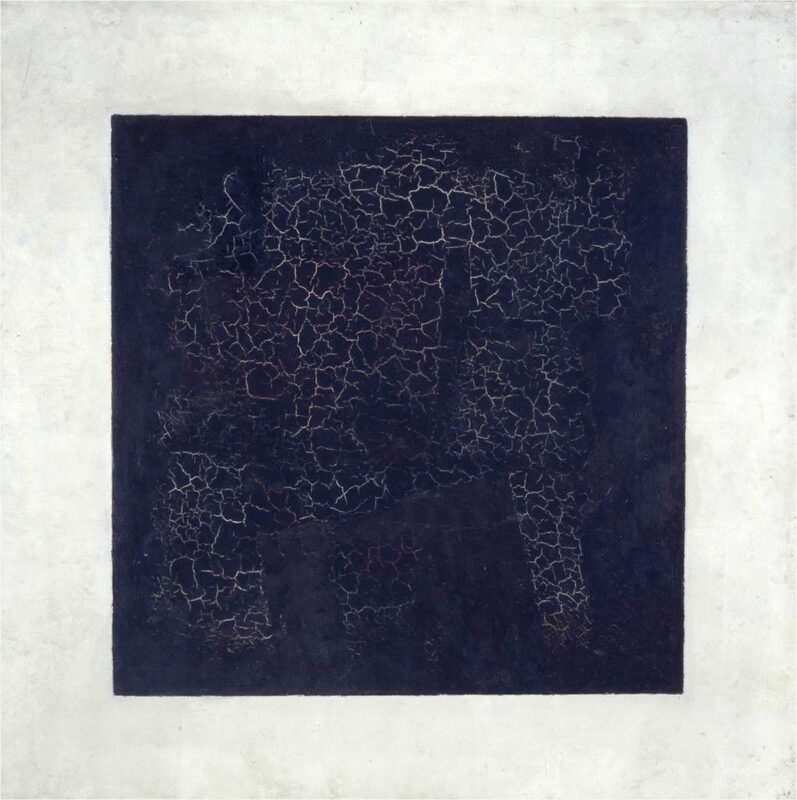
Another artist credited with pioneering pure abstraction was the Russian Constructivist Kazimir Malevich. Much like his fellow Constructivists, he favored a language of simplified geometric shapes and constructed three-dimensional forms made from found industrial materials. He translated this language into painting, a style he dubbed Suprematism, and his iconic oil on canvas work Black Square, 1915 is often credited as one of the first entirely abstract paintings ever made.
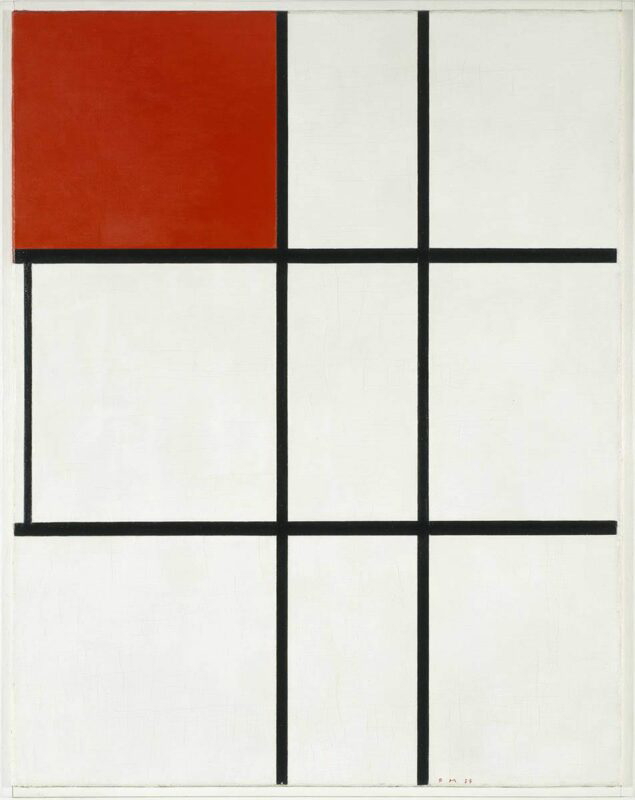
Throughout the 20th century, abstract art remained a dominant trend in art history. It appeared in a range of art movements including the clean geometry of the Dutch de Stijl led by Piet Mondrian, the bold bravado of the American Abstract Expressionists (see below!), the dazzling color of the American Color Field Painters and the pure, pared-back refinement of Minimalism. Each in turn has influenced contemporary art practices in countless ways since.
3. Abstract Expressionism Was Founded In America
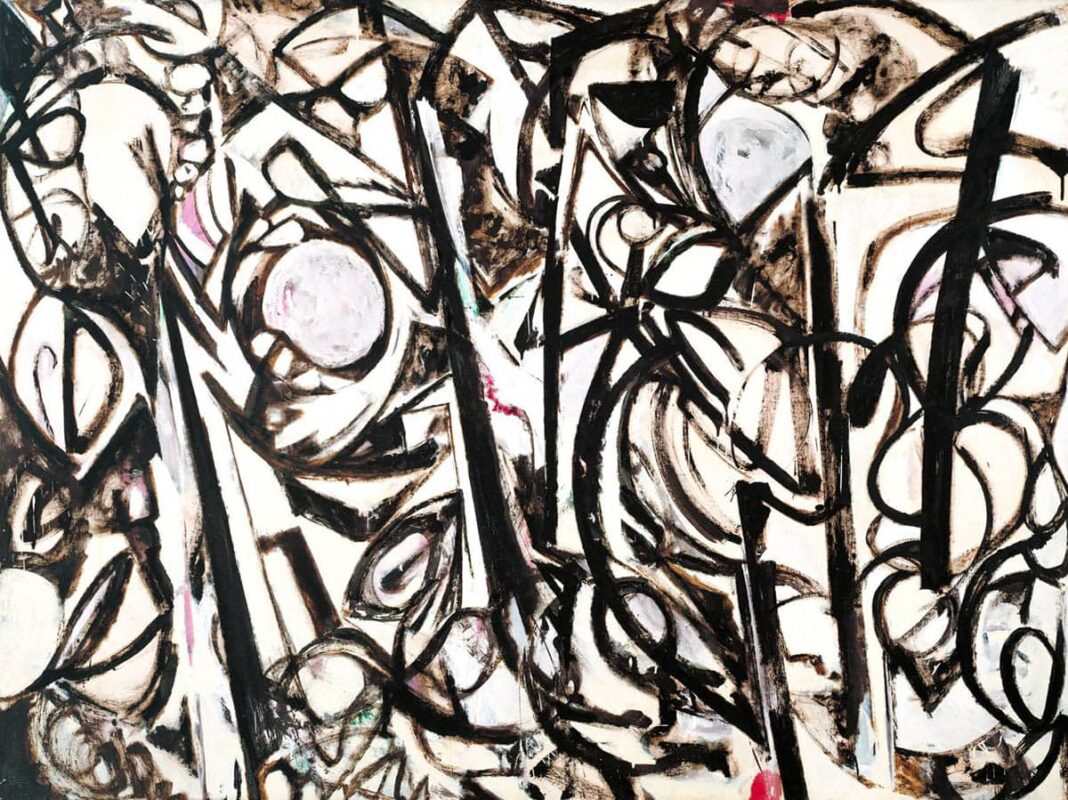
1940s New York was the birthplace of Abstract Expressionism; it was here that a bravado band of artists including Jackson Pollock, Lee Krasner, Franz Kline, and Willem de Kooning first began experimenting with wild, expressive and gestural approaches to painting on expansive canvases. In fact, they are so closely associated with New York that their first name was ‘The New York School.’ Their ideas were partly influenced by the ‘automatic,’ intuitive and emotionally expressive ways of working by European Surrealists including Joan Miró, Salvador Dalí, and Max Ernst. Many Abstract Expressionists were greatly influenced by the figurative mural painting made as part of the Social Realism and Regionalist movements. Although it might seem like a huge leap in style, these emotive murals taught artists how to create a dramatic emotional impact on a large scale.
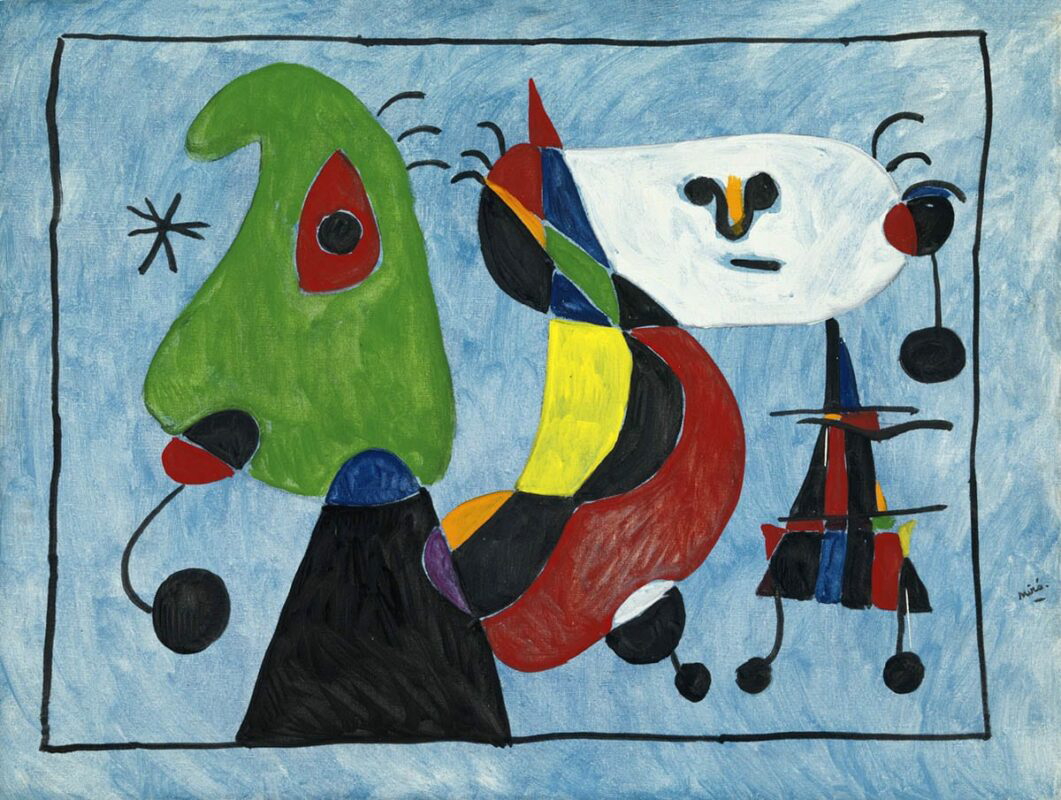
Both influential art critics Harold Rosenberg and Clement Greenberg helped launch America as the new art world capital through high profile articles, essays and publications. Rosenberg was a great champion for what he called ‘action painting’ which transformed painting into a performance through free, expressive and intuitive applications of paint. Greenberg was also an active supporter of the Abstract Expressionists, arguing in his influential essay American Type Painting, 1955, that modern art was following a natural progression away from illusionism towards flatness and objectivity, with the Abstract Expressionists playing a vital role in this development.
4. It Was Also Was Really Messy
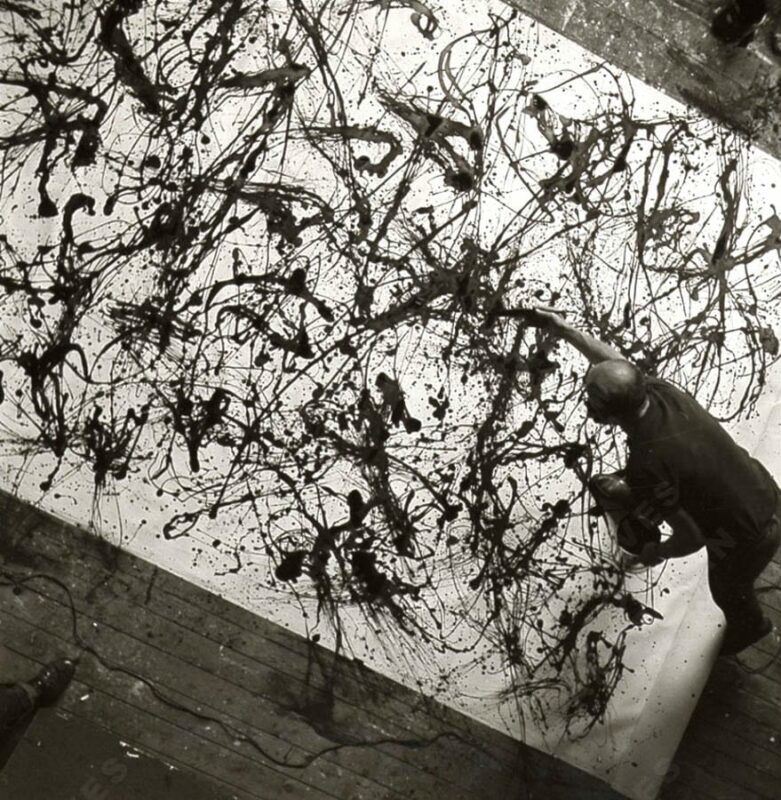
One of the defining features of Abstract Expressionism is its focus on the raw, dirty, messy matter of paint. The movement is often roughly divided into two camps – the ‘action’ painters who were wilder and more expressive, and the ‘spiritual’ painters, who invested raw, painful emotions and deeper spiritual meaning into their art, often with only a few colors.
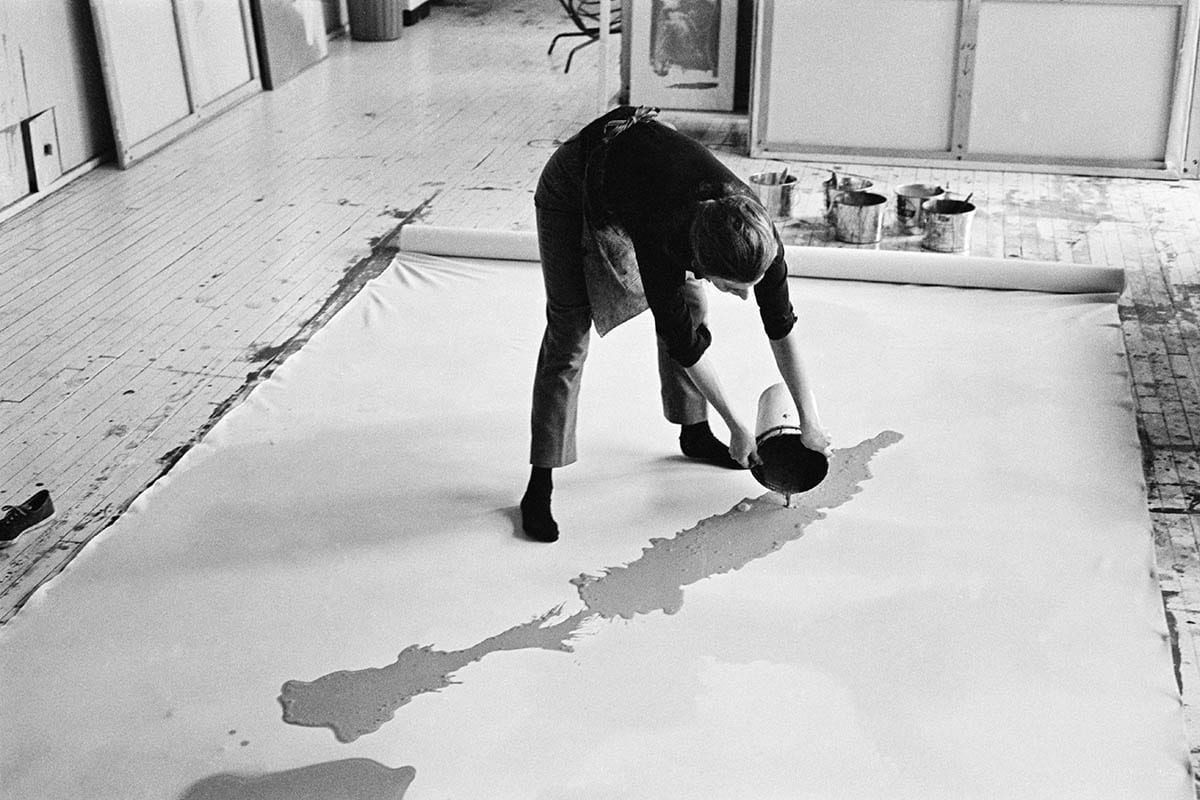
Many artists associated with the ‘action’ strand of Abstract Expressionism adopted unconventional art materials and methods for creating work. Pollock preferred household paints for their fluid liquidity, which could be poured, drippled or flicked onto canvases from above, while de Kooning mixed grit or sand into his paint to give it a rougher physical body, making it easier to project outwards from the flat surface of the canvas. Lee Krasner tore up old drawings and paintings and used them as collage material for new work, while Helen Frankenthaler poured heavily diluted acrylic paint from above onto raw canvas on the floor, letting it slowly seep into the weave of the canvas in pools of vivid color.
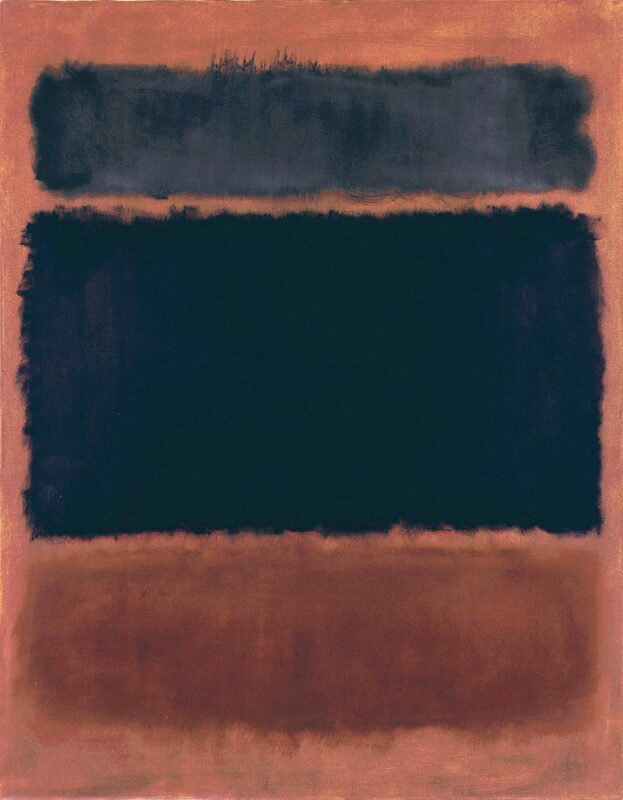
Artists linked with ‘spiritual’ Abstract Expressionism also engaged with the physical properties of paint. These included Mark Rothko, who deliberately left broad, wide brush strokes visible in his work to emphasize their brooding and painfully emotional content, and Clyfford Still, who painted with textural streaks and jagged shards of color.
6. Abstract Expressionism Was Huge In Scale

Another defining feature of Abstract Expressionist painting was its huge scale. In contrast with earlier European abstraction which was often relatively small, Abstract Expressionists expanded out into huge and unprecedented scales, making work that was like nothing anyone had seen before. These huge formats gave their work a greater intensity and theatrical impact, but they also demonstrated the sheer, exhaustive energy that went into their making.
Again, Pollock led the way – his commission for Peggy Guggenheim simply titled Mural, 1943, is a whopping 20 feet wide and 8 feet tall. Rothko’s more spiritual paintings were also colossal, which he hoped would create a powerful and overwhelming impact, much like entering a church adorned with Biblical frescoes. He observed how wall-sized paintings could completely eclipse the room behind them, noting, “By saturating the room with the feeling of the work, the walls are defeated and the poignancy of each single work . . . become[s] more visible.”
6. It Was Also All About Paint

Since the early 20th century, abstract art has taken a variety of media, from collage to construction and painting, while the Abstract Expressionist movement was predominantly focused on painting. Within the limited confines of this one medium they were daring, experimental and adventurous, pioneering a wide range of new approaches that continue to influence artists today. Franz Kline painted with industrial household brushes that allowed him to create huge black gestures across the canvas with unbridled creative freedom, marks which he said were “unrelated to any entity but that of their own existence.” Joan Mitchell also explored alternative and liberating methods for applying paint, smearing it onto a canvas with rags, housepainter’s brushes and even her own hands to convey frenetic flurries of activity.
7. While Abstract Expressionism Died Out, Abstraction Lived On
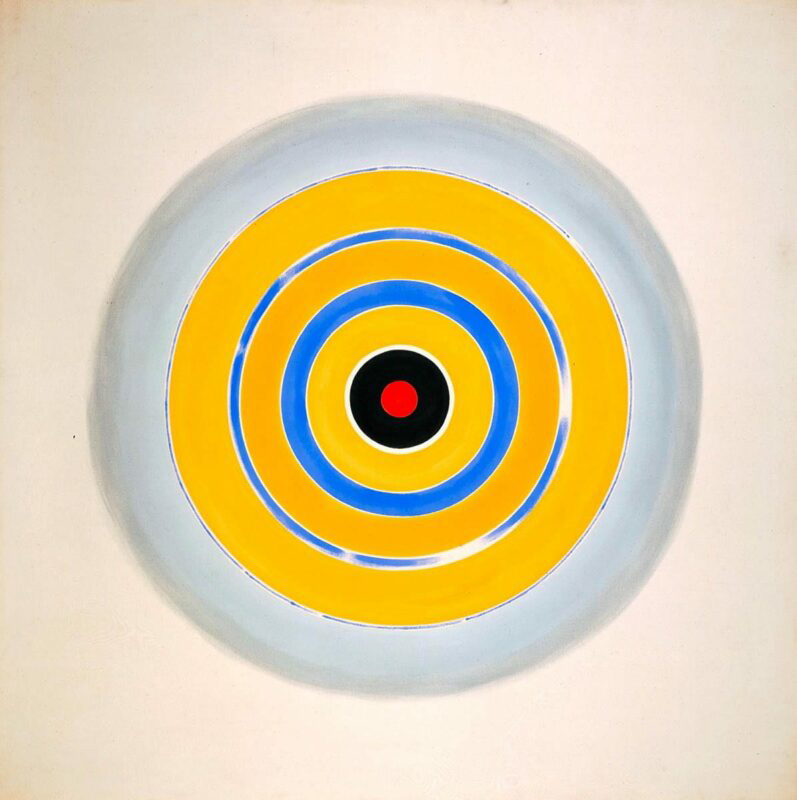
By the 1950s, the face of Abstract Expressionism was beginning to change. The spiritual art of Mark Rothko, Clyfford Still and Barnett Newman began to take centre stage, and became reframed as ‘Color Field Painting’ because of their large swathes of pure, unfiltered color on expansive canvases. The Washington Color School grew out of their ideas, led by Kenneth Noland, Morris Louis and the sculptor Anne Truitt – these artists erased the painterly expressionism of their predecessors and focused purely on the emotive possibilities of vibrant, glowing color combinations in abstract, geometric arrangements.
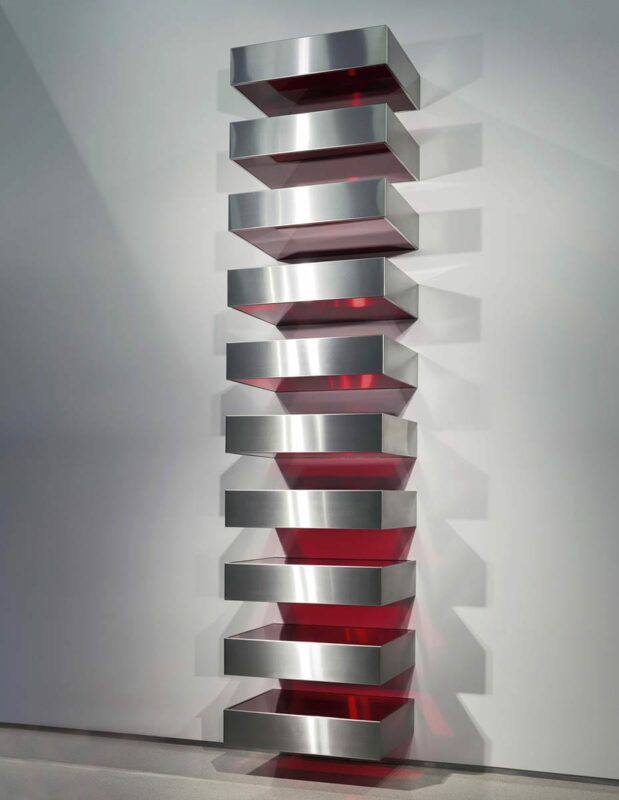
Minimalism in turn emerged from these ideas throughout the 1970s and beyond, reducing abstraction into ever more simplified and geometric languages, with an emphasis on spirituality and the sublime aura of clean purity. Donald Judd’s pristine sculptural objects made from shiny metal and glossy enamel were often arranged into systematic lines or stacks, transcending the mess or ordinary life with their arresting command, while Sol Lewitt’s modular white cube units reduced art to its barest structural bones, which he would then play with in a series of ongoing playful permutations.
Abstract Art And Expressionism Today
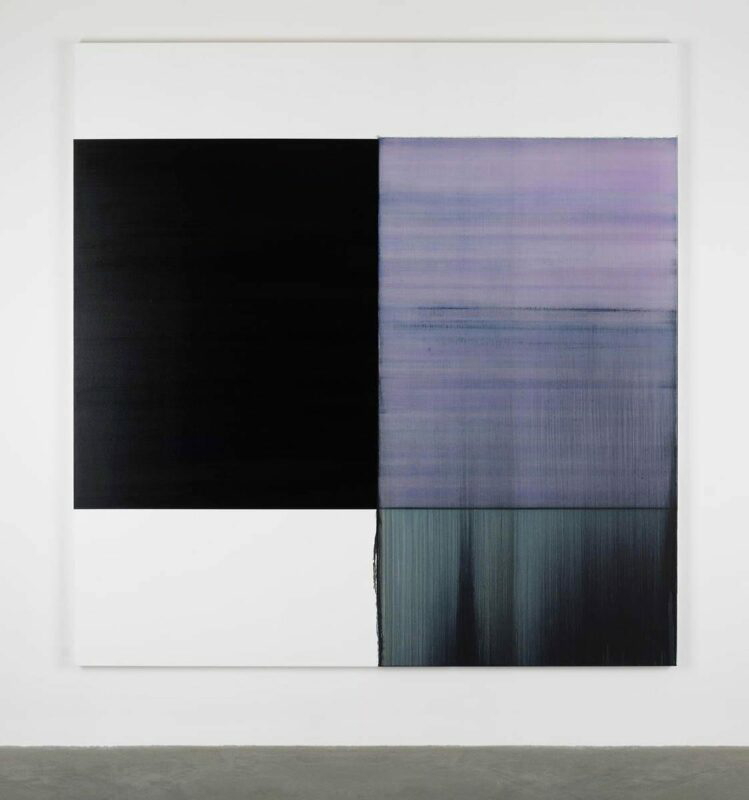
Abstract art continues to flourish today as artists find ever more adventurous ways of expanding its boundaries. The simplified geometry of Minimalism has proved particularly influential, inspiring artists such as British painter Callum Innes, who makes what he calls ‘un-paintings’ by pouring turpentine onto passages of paint and letting it strip away in painterly rivulets. Others inspired by Minimalism play with the ordered structures of digital technology, such as Wade Guyton, who prints geometric patterns onto canvas using an inkjet printer. Some, such as Tomma Abts, have resurrected the small-scale intimacy of early 20th century abstraction – her curious and carefully painted canvases have a strange, low-relief geometry reminiscent of Cubism.
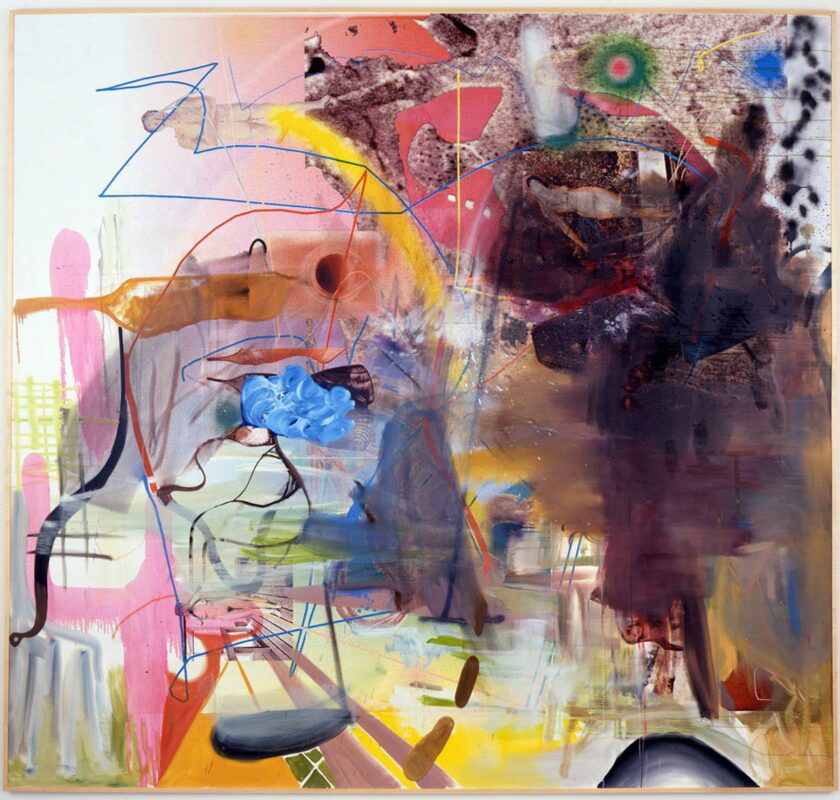
Although Abstract Expressionism was replaced by cleaner languages in the 1960s, the legacy of the movement lives on in the work of many artists today. These include German painter Albert Oehlen, who fuses free, painterly expression with collaged or printed elements, and Katharina Grosse, whose vivid, painterly marks streak across entire gallery walls, painting in incredible ways that would not have been possible without the trailblazing paths of the Abstract Expressionists.
